Common Name(s): Jucaro, pucte, oxhorn bucida
Scientific Name: Terminalia buceras (formerly placed in the Bucida genus)
Distribution: From Mexico down to northern South America (as well as the Caribbean)
Tree Size: 65-100 ft (20-30 m) tall,
3-5 ft (1-1.5 m) trunk diameter
Average Dried Weight: 61.9 lbs/ft3 (990 kg/m3)
Specific Gravity (Basic, 12% MC): .85, .99
Janka Hardness: 2,940 lbf (13,080 N)
Modulus of Rupture: 21,260 lbf/in2 (146.6 MPa)
Elastic Modulus: 2,381,000 lbf/in2 (16.42 GPa)
Crushing Strength: 10,770 lbf/in2 (74.3 MPa)
Shrinkage: Radial: 4.2%, Tangential: 9.2%,
Volumetric: 13.5%, T/R Ratio: 2.5
Color/Appearance: Heartwood ranges from a pale reddish brown to dark brown, very commonly with an olive hue. Depending on the darkness of the hearwood, the pale yellowish brown sapwood may or may not be clearly demarcated. Flatsawn surfaces commonly having a slightly wavy appearance due to the roey grain. Color and grain become much more pronounced when a finish is applied (see images below).
Grain/Texture: Fine to medium texture with interlocked, wavy, or roey grain. High natural luster.
Rot Resistance: Very durable; good termite resistance, though susceptible to marine borers.
Workability: Tends to be difficult to work on account of its high density and irregular grain. Gluing can also pose problems due to its density and oil content.
Odor: Green wood can have a tar-like odor, though dried wood has no characteristic odor.
Allergies/Toxicity: Besides the standard health risks associated with any type of wood dust, no further health reactions have been associated with jucaro. See the articles Wood Allergies and Toxicity and Wood Dust Safety for more information.
Pricing/Availability: Limited availability in North America, jucaro is sometimes imported under the trade name pucte (or pukte) as surfaced lumber or decking planks. Within its natural range, the wood is available domestically as heavy construction lumber. Ornamental trees may sometimes be processed on a limited basis (for instance, storm-damaged trees in southern Florida).
Sustainability: This wood species is not listed in the CITES Appendices or on the IUCN Red List of Threatened Species.
Common Uses: Decking, flooring, exterior furniture, as well as well as posts, piles, and other heavy construction when used domestically.
Comments: The tree is known by many different names, some of which can be confused with other species. For instance, this species is sometimes called bulletwood, but that is a name much more commonly applied to Manilkara bidentata. The tree is also called black olive, a ratehr name that’s much more commonly applied to the fruit of the true olive tree, Olea europaea. Additionally, the wood is sometimes sold as Carribean ipe, though the wood is not related to true ipe in the Handroanthus genus.
Images: Drag the slider up/down to toggle between raw and finished wood.
A special thanks to Geoffrey Thomas for providing a wood sample of this wood species.
Identification: See the article on Hardwood Anatomy for definitions of endgrain features.
Porosity: diffuse porous
Arrangement: solitary and radial multiples
Vessels: medium to large, few; amber-colored heartwood deposits occasionally present
Parenchyma: diffuse-in-aggregates, vasicentric, lozenge, winged, confluent, and occasionally marginal (parenchyma concentration can be highly variable, ranging from extensively confluent to almost no parenchyma visible)
Rays: narrow to medium width; normal spacing
Lookalikes/Substitutes: The greenish color of the heartwood can sometimes be confused with greenheart (Chlorocardium rodiei). a South American hardwood with similar density and partially overlapping distribution. Jucaro tends to have more varied and extensive parenchyma (though this isn’t always apparent in all samples), as well as more conspicuous rays which are much more varied in width. Ipe and cumaru are two additional hardwoods that can have a similar appearance and anatomy which are also available commercially and used for decking. Differentiation can be tough, but each of these woods have a unique odor while being worked which jucaro lacks.
Notes: Heartwood extractives are reported to be readily leachable in water.
Related Content:

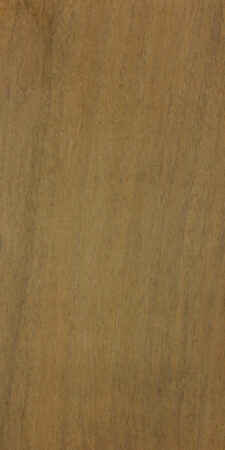
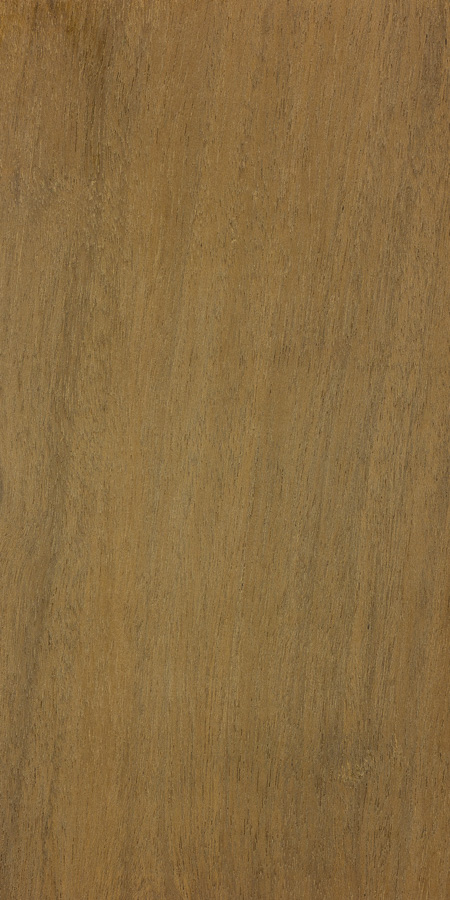
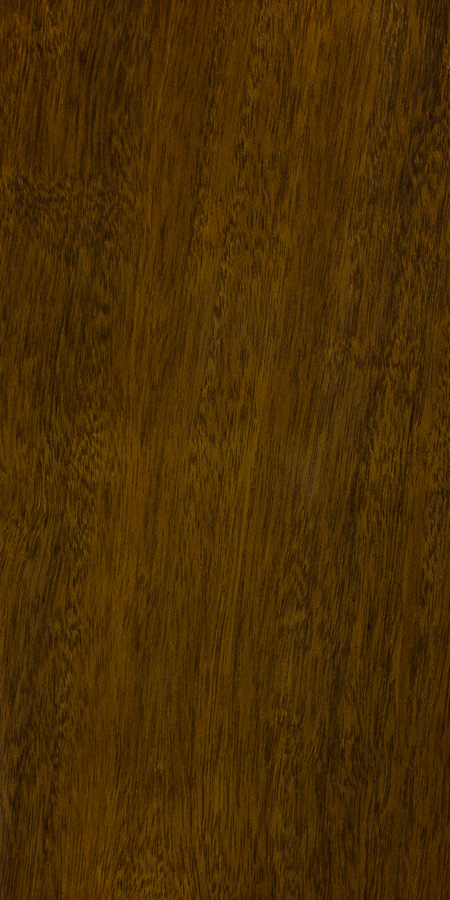
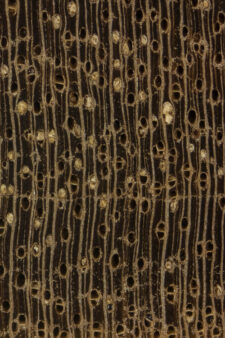

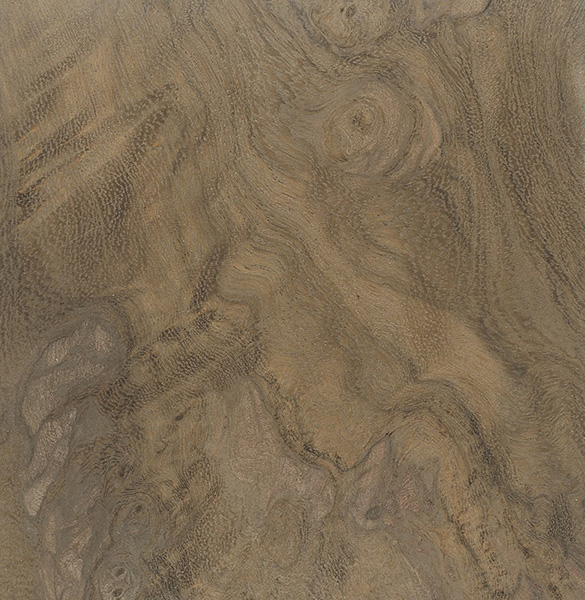
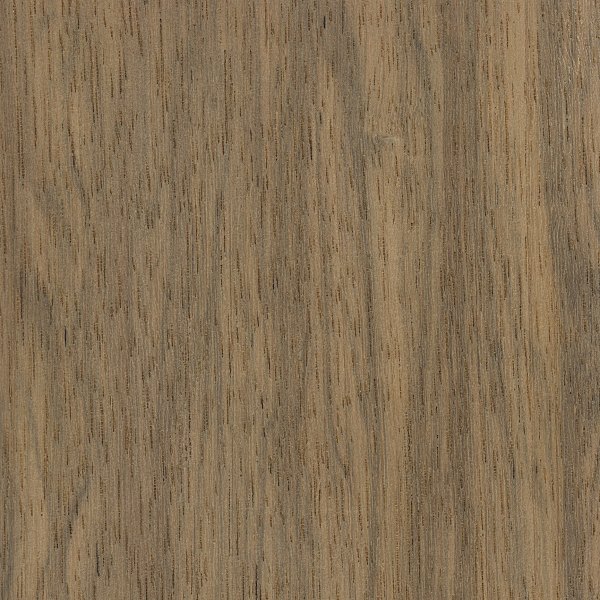
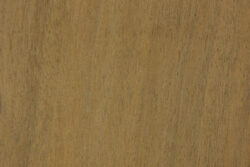
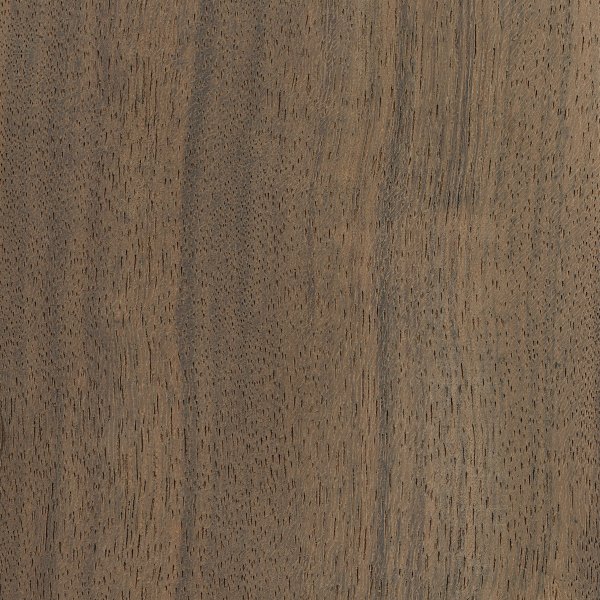
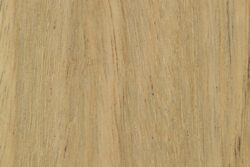
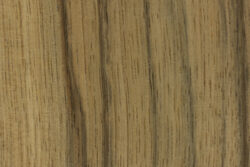

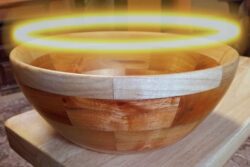
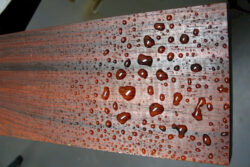

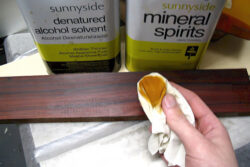





Hi Eric, a friend of mine came across a most peculiar piece of wood that he found in an old shed and asked me if I had any idea what it might be. It must have been in there for well over 50 years. I cut out a moderate sample piece removing most of the sap wood and found that its average dried weight was about 60 lbs/ft3 (i.e.SG of 0.96). My first impression was that of a slimy algae – mixtures of dirty green and yellow. The sap wood has a milky cream colouring and the rest is a… Read more »
Seems very bizarre to me, I’m not sure what it could be. Are you sure the color here is typical? Maybe it is water stained or it is an atypical piece with lots of sawpood and little heartwood? With all the winged and banded parenchyma on the endgrain, I really don’t think it’s ipe or jucaro. The big pores honestly remind me initially of padauk and related Pterocarpus species. If I absolutely had to guess, I’d say something like Burma padauk, Pterocarpus macrocarpus, since it tends to be heavier and more brownish/less orange than African padauk. You might consider testing… Read more »
Thanks for the feedback Eric. I’ll see if I can get another sample from a thicker section at the other end of the plank so I can be sure we’re looking at pure heartwood. Although, having said that, the sapwood that I cut off showed a marked distinction from the rest of the wood. This shows on the attached photo which is one of the slices I cut off when preparing my test piece. I’ve never had much luck with testing for fluorescence but I’ll give it another go.